Exploring Bird Pokémon from Generation V and Their Inspirations
Written on
Bird Pokémon in Generation V
The fifth generation of Pokémon, introduced with Pokémon Black and Pokémon White, brought 156 new Pokémon to the roster, elevating the total to 649. This generation's region, known as Unova, is said to be located far from the previous regions inspired by various areas of Japan; instead, it draws from the urban landscape of New York City. Among the many new additions, several bird-like Pokémon were featured, and this article will explore the real-world animals that inspired them.
Pidove: The City Bird
In a city as vibrant as New York, it’s only fitting to include pigeons. Each Pokémon generation has introduced a new "small bird" that players can encounter early in their journey, and in Unova, this role is fulfilled by Pidove.
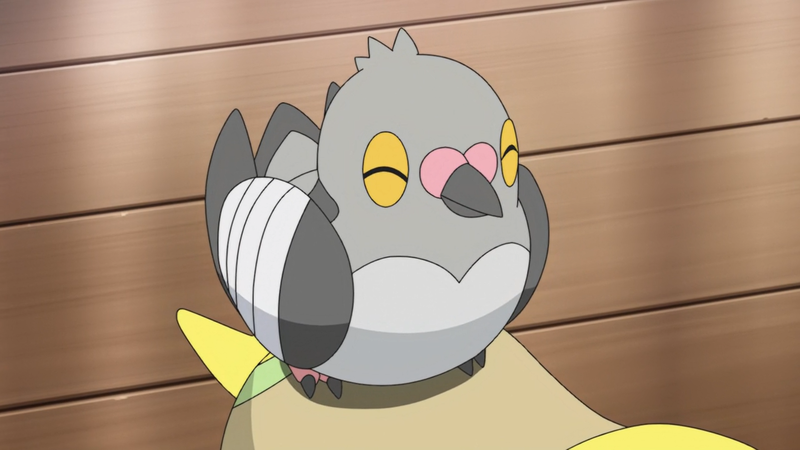
In the anime, Pidove is depicted as a charming and approachable Pokémon. The Japanese words for "pigeon" (鳩, hato) and "heart" (心, hīto) sound similar, reflecting the connection people often make between love and these urban birds that frequently scavenge in city trashcans. Pidove’s design includes heart-like patterns on its beak and belly.
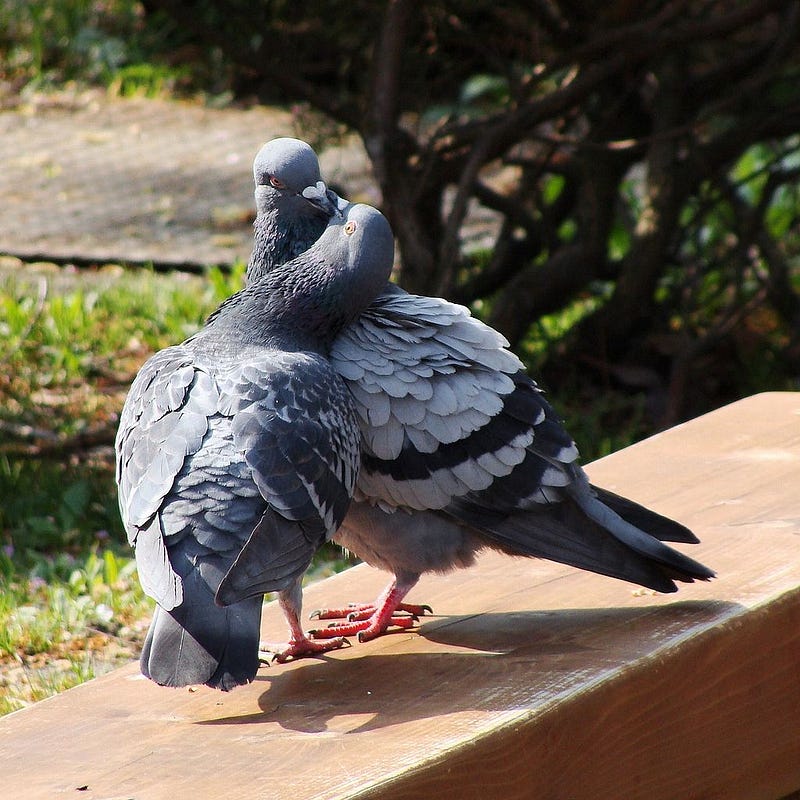
Pidove evolves into Tranquill, which appears much more formidable. The heart motifs are absent, replaced by a bird with a crest that, according to the Pokédex, always finds its way back to its trainer, regardless of distance.
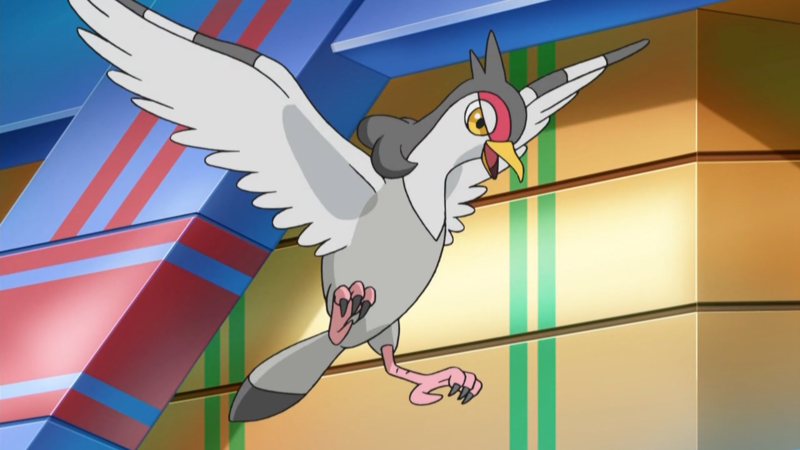
Aside from its connection to the Columbidae family, Tranquill's overall structure may also draw inspiration from the greater roadrunner, a bird commonly found in the U.S. and Mexico, though it doesn't inhabit New York City.

Furthermore, the red markings around its eyes and the dark crest closely resemble those of the African secretary bird, which shares a similar color scheme but has a more distinct appearance.
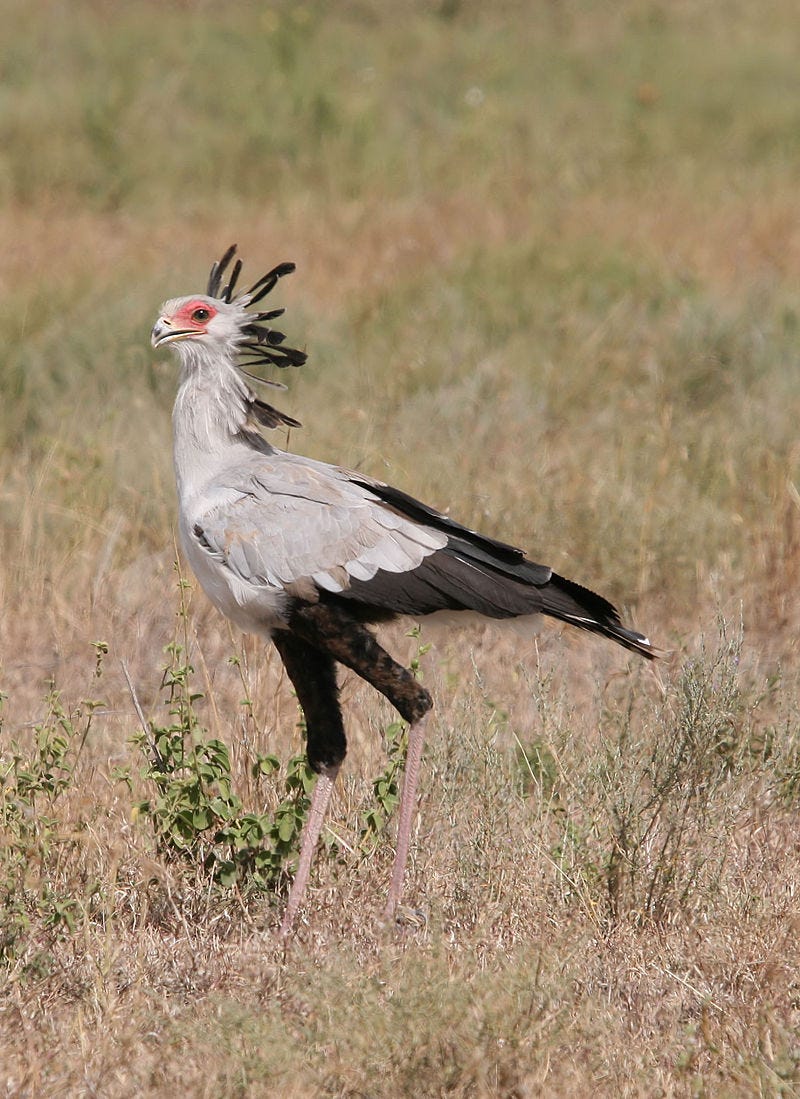
Tranquill evolves into Unfezant starting at level 32. This stage introduces a clear sexual dimorphism, a feature not present in its earlier forms. The name Unfezant suggests its real-world counterpart: the pheasant.
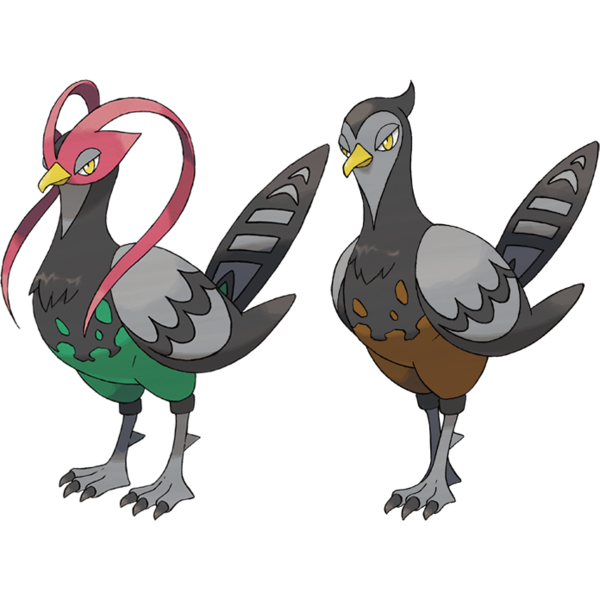
With various species of pheasants exhibiting a range of colors and features, Unfezant likely takes its cues from the Green pheasant, Japan’s national bird, or the Kalij pheasant, which is native to the Himalayas.
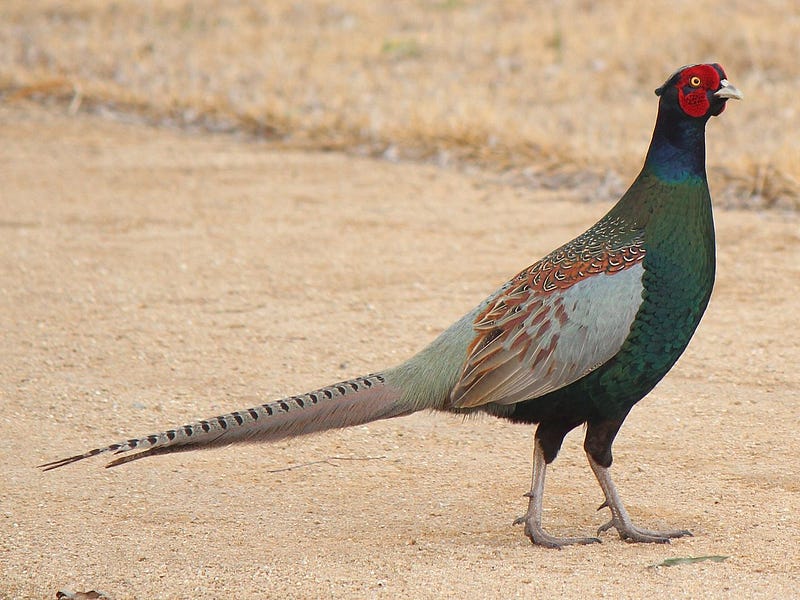
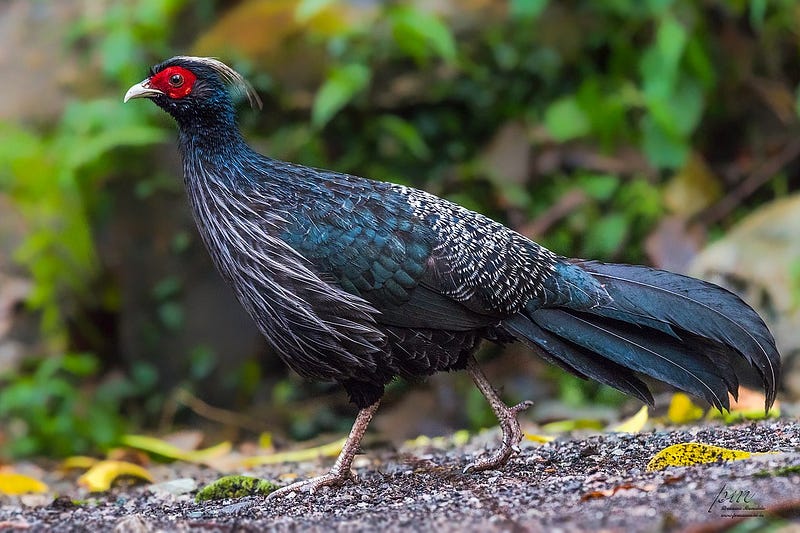
Archen and Archeops: The Ancient Flyers
In certain Pokémon games, players can obtain a Plume Fossil, which can be restored into a flying Pokémon at a museum or lab.

The Pokédex describes Archen and its evolution, Archeops, as the first bird Pokémon. Their designs are reminiscent of a time when the distinctions between reptiles and birds were not as pronounced. Both showcase wyvern-like fingers on their wings and possess scales on their heads.
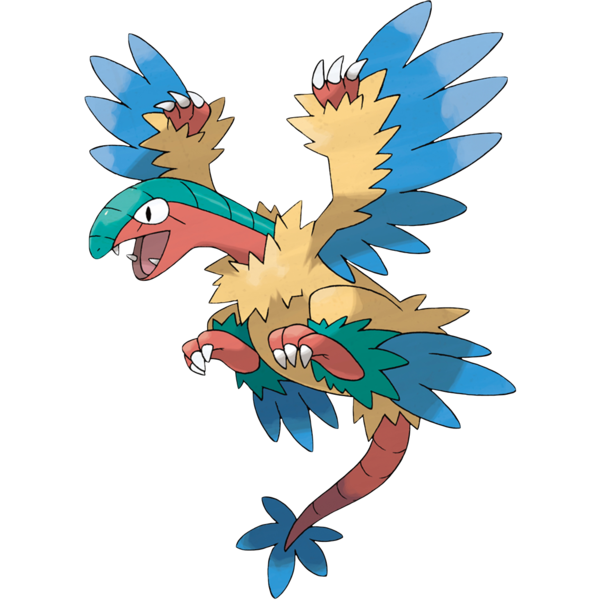
Archen and Archeops may represent Pokémon versions of the Archaeopteryx genus, often regarded as a link between non-avian dinosaurs and modern birds.
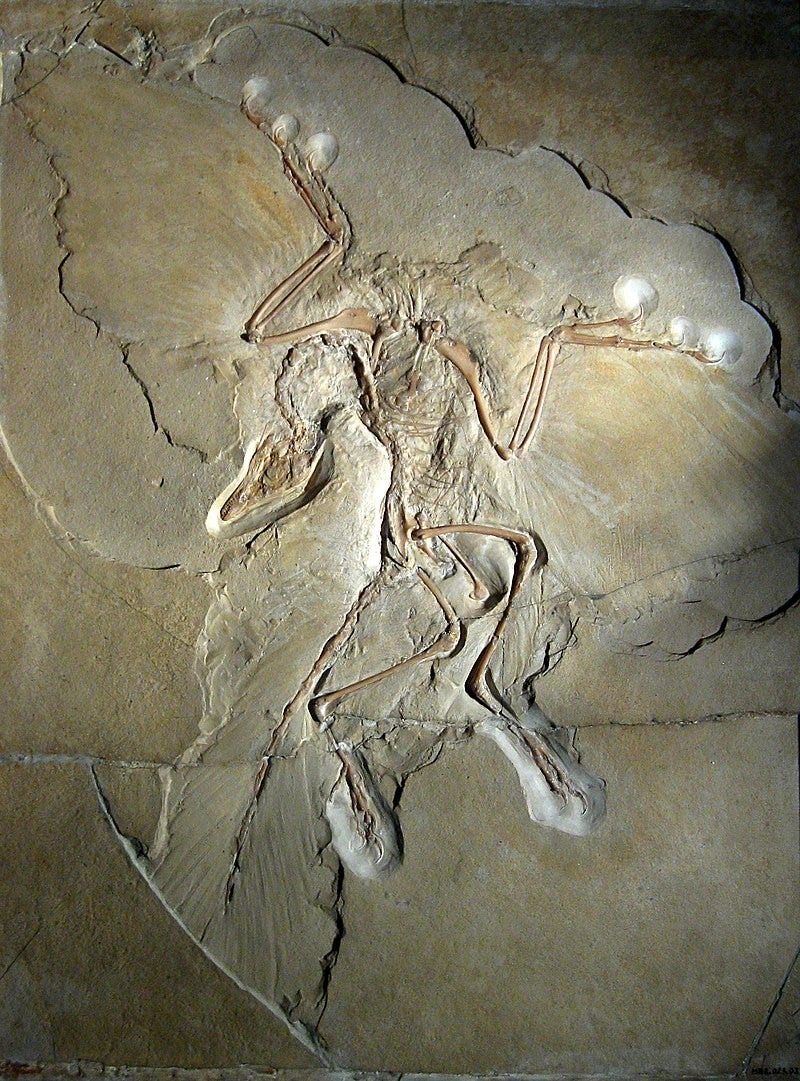
As we conclude this exploration of the bird Pokémon introduced in Generation V, stay tuned for further insights in the upcoming articles focusing on more avian inspirations from previous generations!
In this video, we explore the legendary bird Pokémon from each type, delving into their unique characteristics and designs.
This video discusses the chaotic explosion of regional bird Pokémon, highlighting their diverse designs and inspirations.